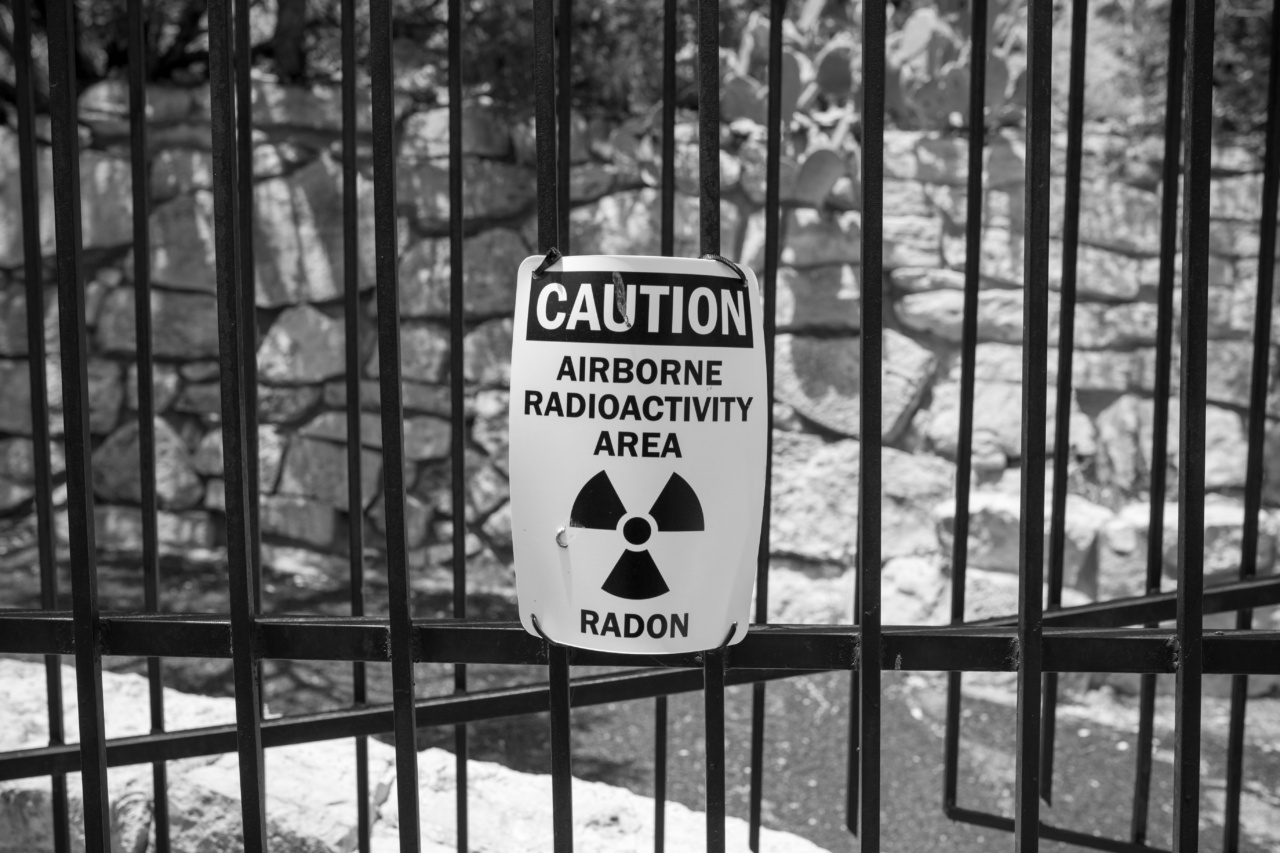Dia is a Greek word that means “through” or “across.” It is a common prefix used in many words to denote something that involves multiple parts or dimensions.
When combined with the word “Poly,” meaning “many,” we get the term “Polydia,” which refers to a condition or phenomenon involving multiple dimensions.
Understanding Polydia
Polydia is a concept that has gained significant attention in recent years, particularly in the field of theoretical physics and cosmology. It refers to the possibility of the existence of multiple parallel universes or dimensions beyond our own.
This idea of multiple dimensions has intrigued scientists and philosophers alike, igniting debates and inspiring various theories and speculations.
The Multiverse Theory
One of the most popular frameworks for explaining the existence of Polydia is the Multiverse Theory. According to this theory, our universe is just one of many universes that coexist in different dimensions or realities.
These separate universes may have different physical laws, varying constants, and even alternate versions of ourselves.
The Multiverse Theory posits that each universe within the multiverse can have different properties, such as different numbers of spatial dimensions or even different forms of matter and energy.
This idea stems from the concept of “brane theory,” which suggests that our universe is just one of many “branes” floating in a higher-dimensional space called the “bulk.”.
Implications and Consequences
If Polydia exists and the Multiverse Theory holds true, it would have profound implications for our understanding of reality. The existence of other dimensions would challenge our perception of the limits of the universe and our place within it.
It raises questions about the nature of existence, consciousness, and the possibilities of travel or communication between different dimensions.
Furthermore, the existence of multiple dimensions could explain some unsolved mysteries and peculiarities in our own universe.
For example, phenomena like dark matter and dark energy, which have eluded explanation within our current understanding of physics, may find answers in the interactions between dimensions.
Scientific Investigations and Experiments
Scientists have been tirelessly working to gather evidence and conduct experiments that could offer insights into the existence of Polydia.
The search for clues includes studying the cosmic microwave background radiation, analyzing the behavior of particles in particle accelerators, and examining the effects of gravity on various scales.
Some theories even propose that the phenomenon of gravity could be leaking into our universe from another dimension. If experimental data were to confirm such claims, it would bolster the hypothesis of Polydia.
Controversies and Criticisms
While the concept of Polydia has captivated the imaginations of many, it is not without its fair share of criticisms and controversies.
Critics argue that the Multiverse Theory and the idea of other dimensions are highly speculative and lack empirical evidence. They highlight the lack of testable predictions and the potential for these ideas to fall into the realm of pseudoscience.
Another criticism is that Polydia may ultimately be beyond the reach of scientific investigation. If other dimensions exist, their properties and laws might be fundamentally different from ours, making it impossible to directly observe or measure them.
Philosophical and Ethical Considerations
Aside from the scientific implications, Polydia also raises philosophical and ethical questions.
Some argue that the existence of multiple dimensions challenges traditional concepts of existence and reality, potentially leading to existential crises and philosophical debates about the nature of our universe.
Others worry about the potential negative consequences of meddling with other dimensions, as depicted in science fiction stories.
Opening portals or accessing other dimensions could have unforeseen consequences and disrupt the delicate balance of existence.
A Warning to Proceed with Caution
While the fascination with Polydia is undeniable, it is crucial to approach this concept with caution. The allure of multiple dimensions and the mysteries they hold can fuel speculation and pseudoscientific claims.
It is essential to rely on rigorous scientific inquiry and evidence-based theories to explore the possibilities of Polydia. Scientists and researchers must maintain skepticism and continuously test their hypotheses to discern fact from fiction.
Conclusion: Embracing the Unknown
Polydia and the existence of multiple dimensions remain intriguing but unproven concepts.
As we continue to push the boundaries of scientific knowledge, it is crucial to remember that the path to understanding the universe and our place within it may be complex and challenging.
While Polydia offers exciting possibilities, it is vital to distinguish between scientific speculation and unfounded claims.
The journey toward unraveling the mysteries of Polydia requires rigorous investigations, critical thinking, and a willingness to embrace the unknown.































